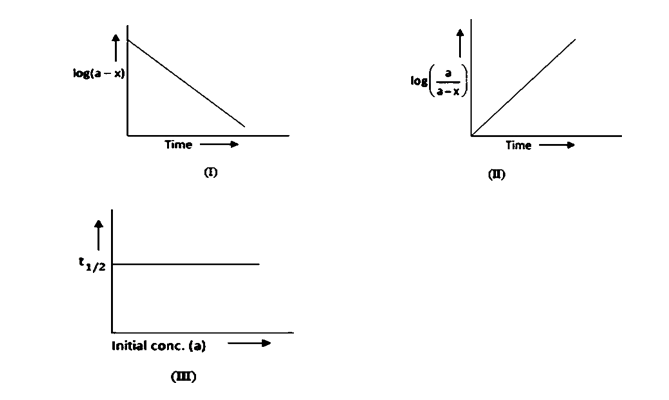Which of the following curves represents a second order reaction ? [x = product oncentration (a−x) = reactant concentration)
A
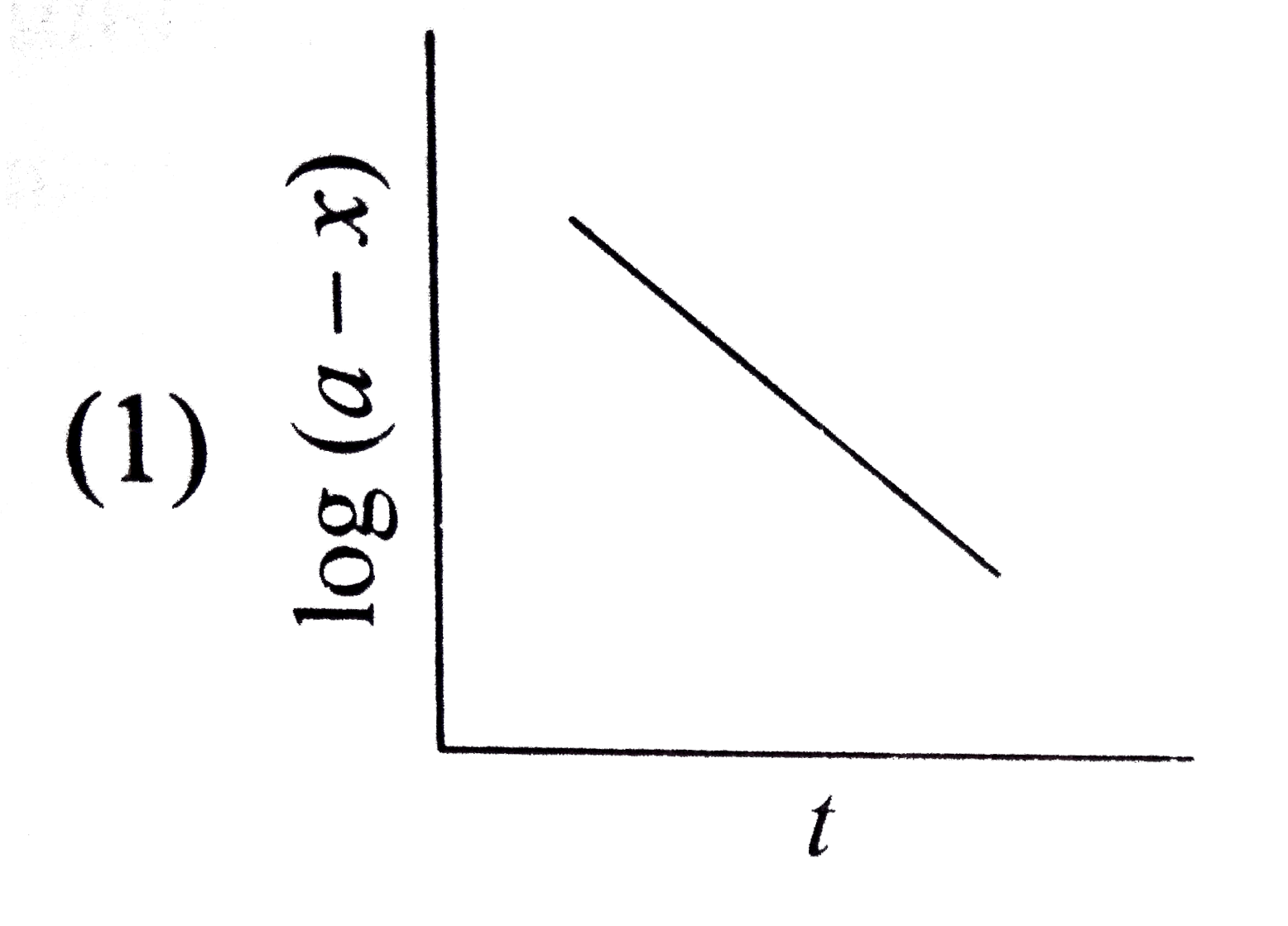
B
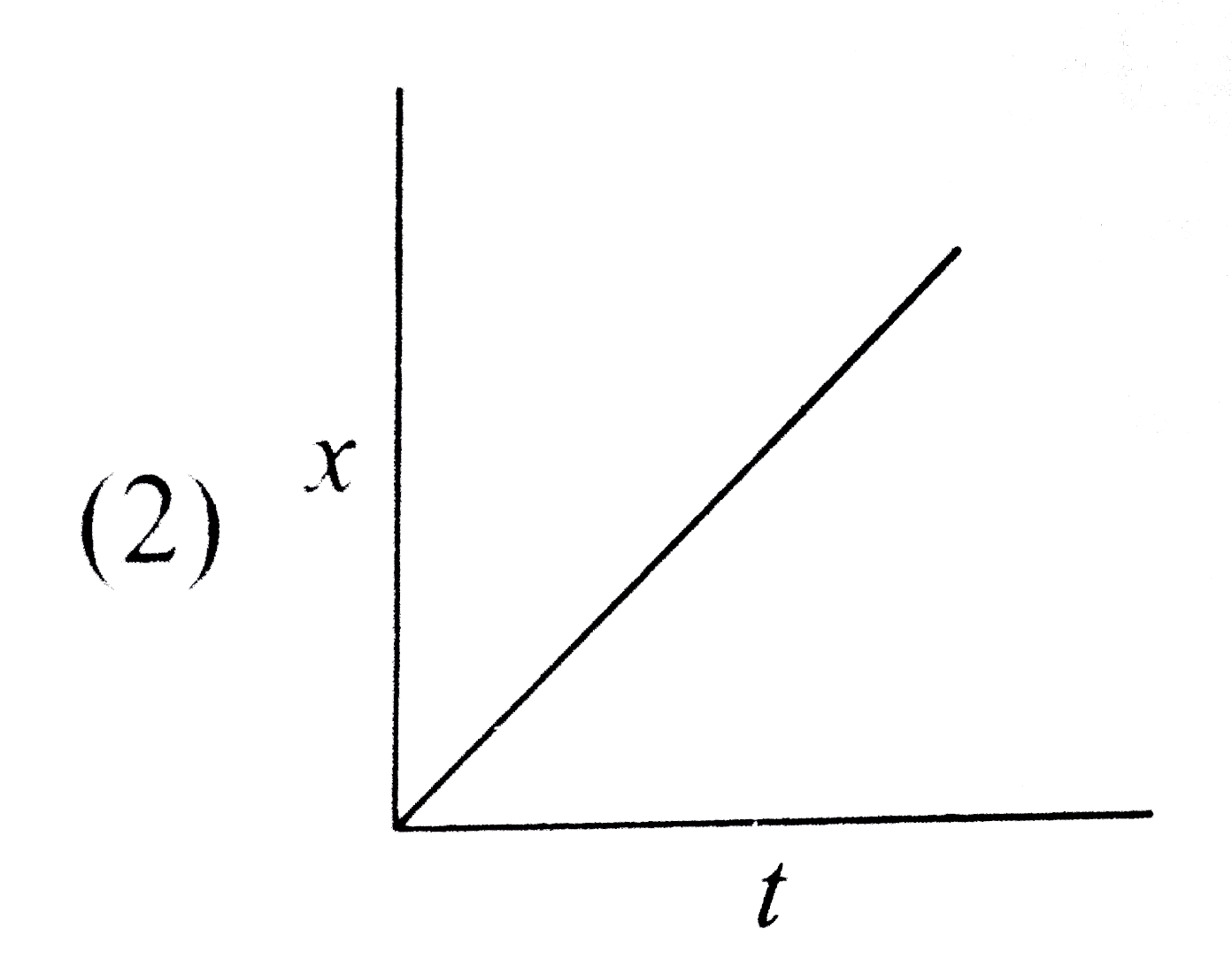
C
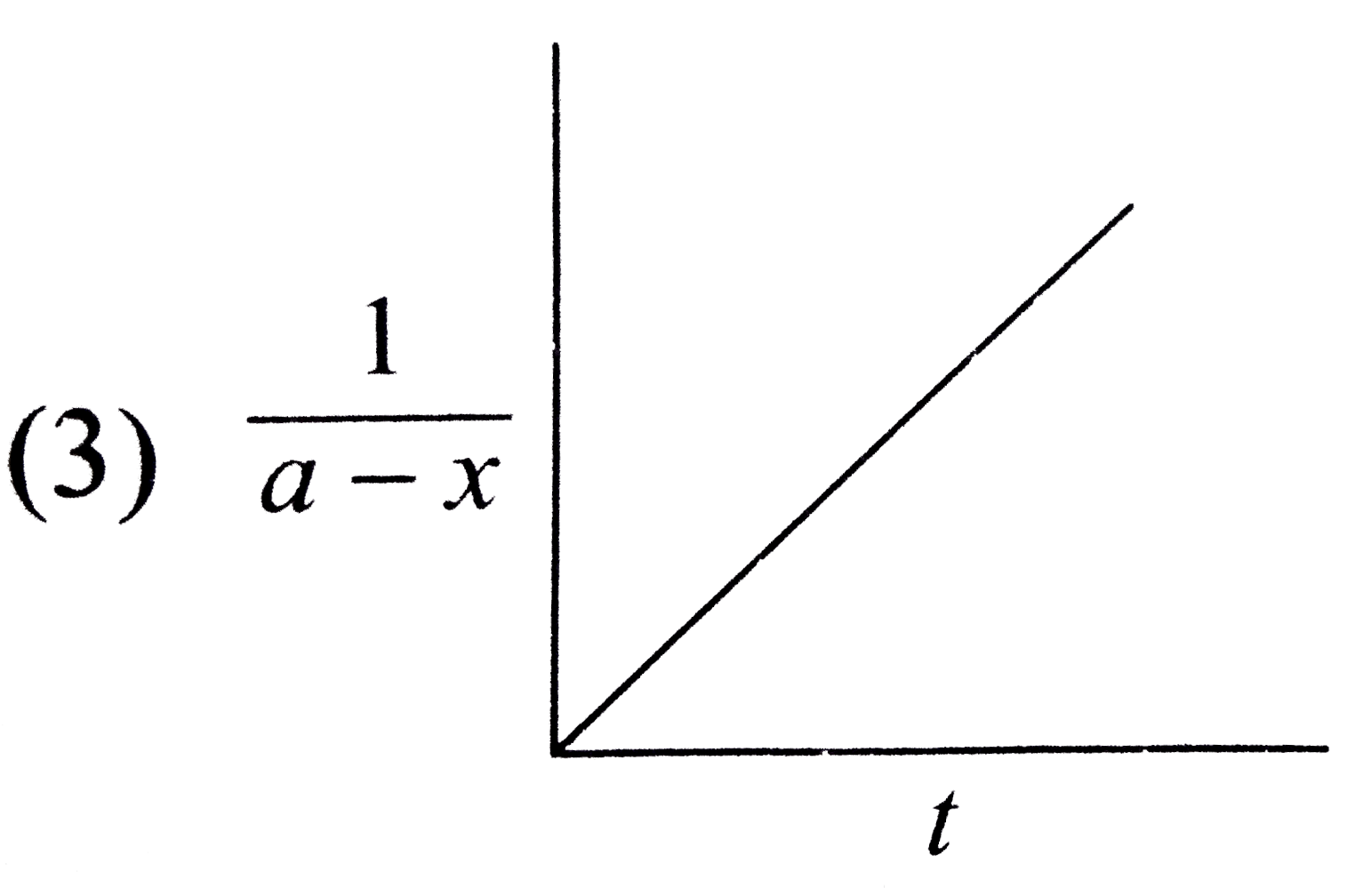
D

Video Solution
Text Solution
The correct Answer is:C
For the simple type of second order reaction
A→products
the integrater rate law is
1[R]t=Kt+1[R]0
Since the integrated rate law has the form y=mx+b,a graph of 1/[R]t or 1/a−x versus time is a straigh line if the reaction is second order:
1[R]t=Kt+1[R]0
(↑⏐↑⏐↑⏐↑⏐ymxb
The slope of the straght line is rate constant K , and the intercept is 1/[R]0 . First graph corresponds to a first order reaction, second graph corresponds to a third order reation. while the fourth graph corresponds to a third order reaction.
|
Updated on:21/07/2023
Topper's Solved these Questions
- BOOK - R SHARMACHAPTER - CHEMICAL KINETICSEXERCISE - Follow-up 512videos
CHEMICAL KINETICS
- BOOK - R SHARMACHAPTER - CHEMICAL KINETICSEXERCISE - Follow-up 62videos
CHEMICAL KINETICS
- BOOK - R SHARMACHAPTER - CHEMICAL KINETICSEXERCISE - Follow-up 310videos
CHEMICAL KINETICS
- BOOK - R SHARMACHAPTER - BIOMOLECULESEXERCISE - Archives47videos
BIOMOLECULES
- BOOK - R SHARMACHAPTER - CHEMISTRY IN EVERYDAY LIFEEXERCISE - Archives11videos
CHEMISTRY IN EVERYDAY LIFE
Similar Questions
Knowledge Check
- Question 1 - Select One
Which of the following curves represents a first order reaction.
A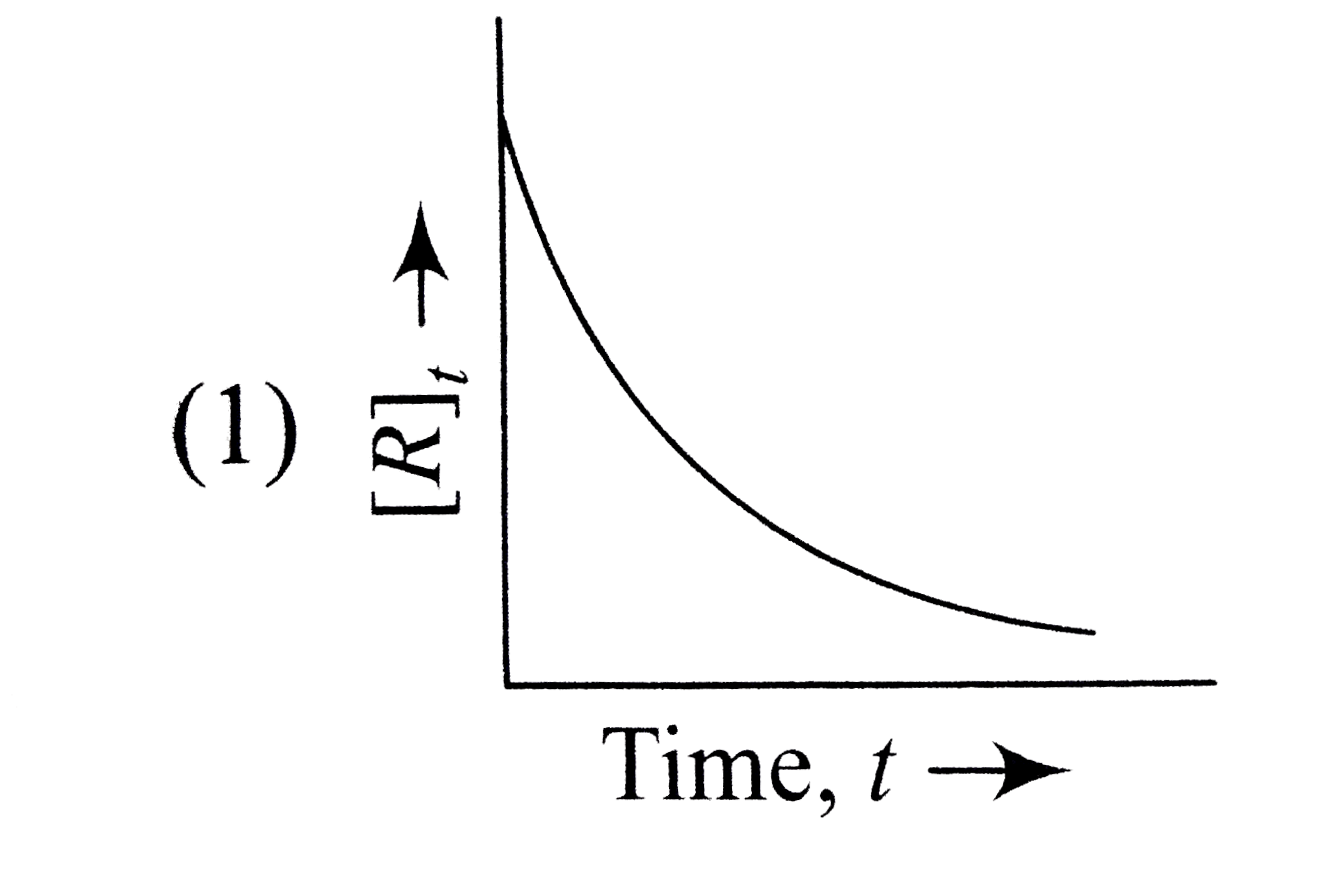 B
B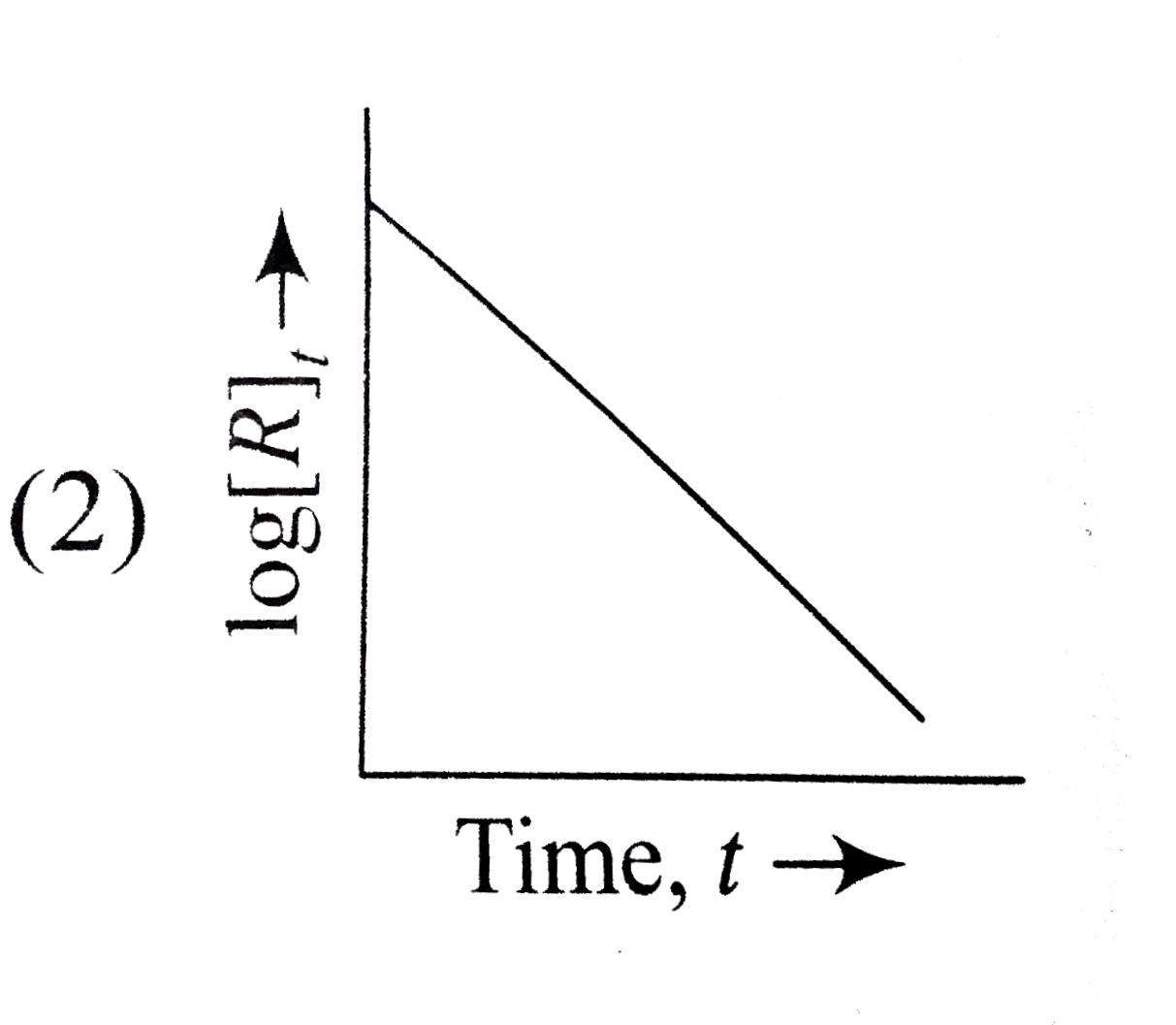 C
C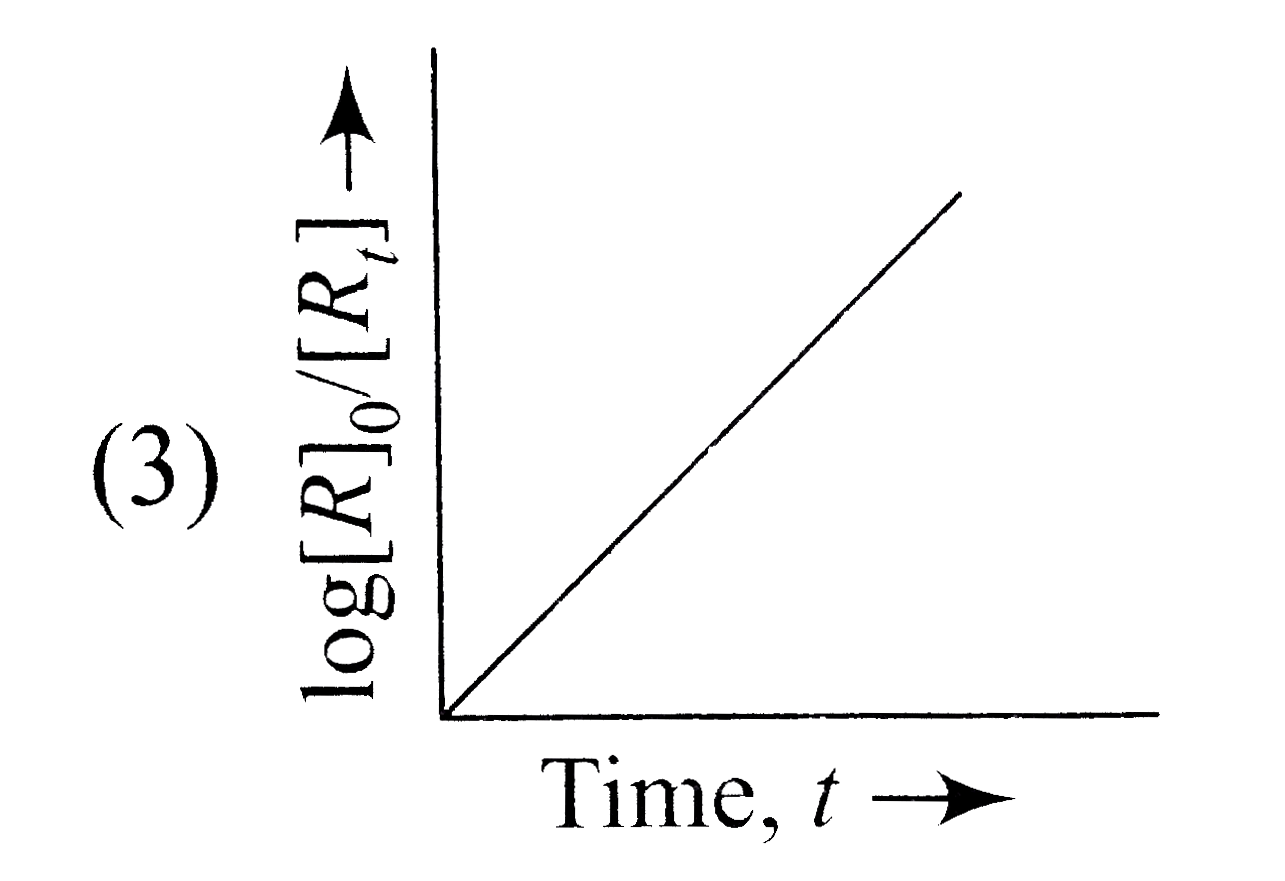 DAll of these
DAll of these - Question 2 - Select One
Which of the following curves represents a third order reaction ?
A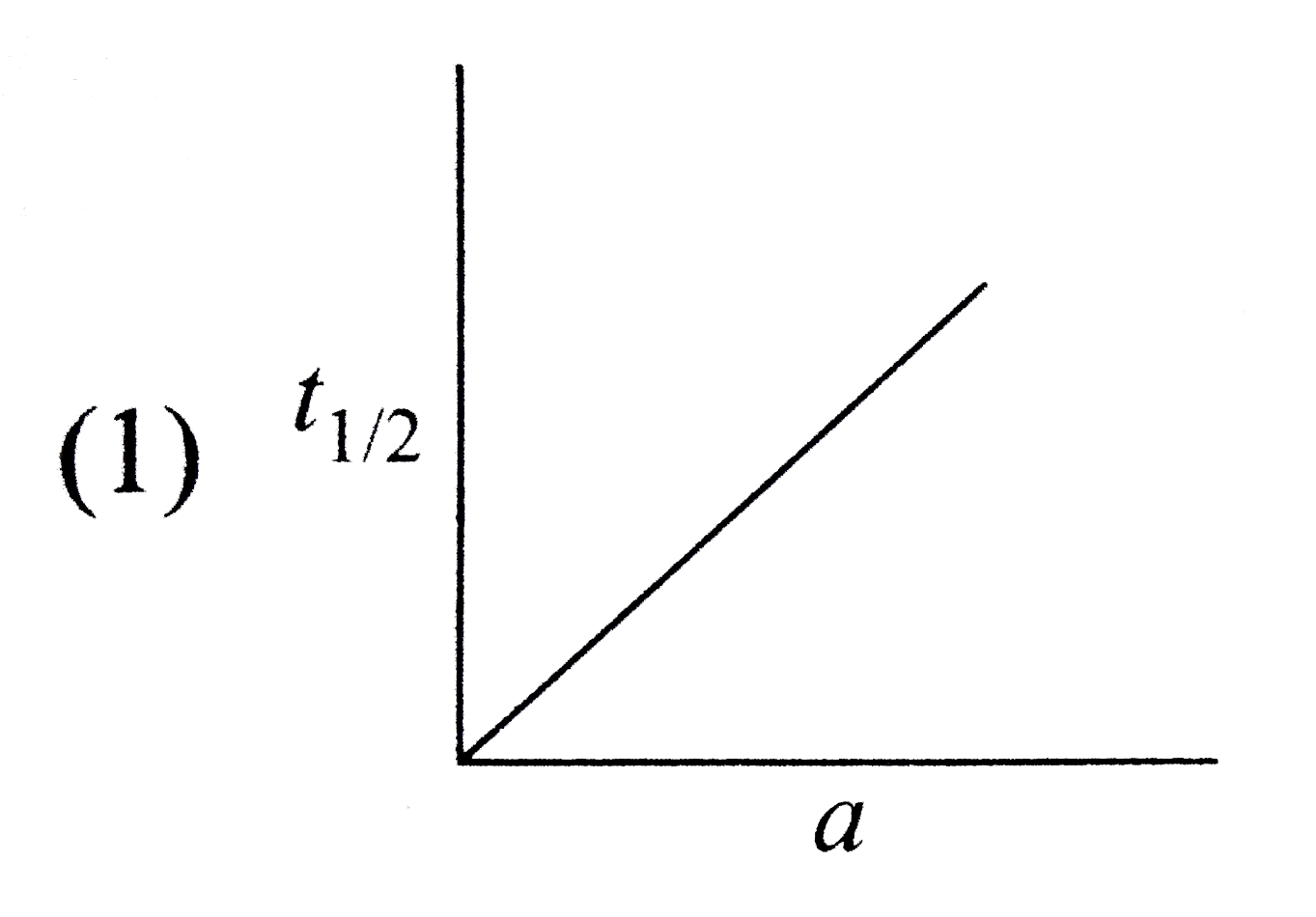 B
B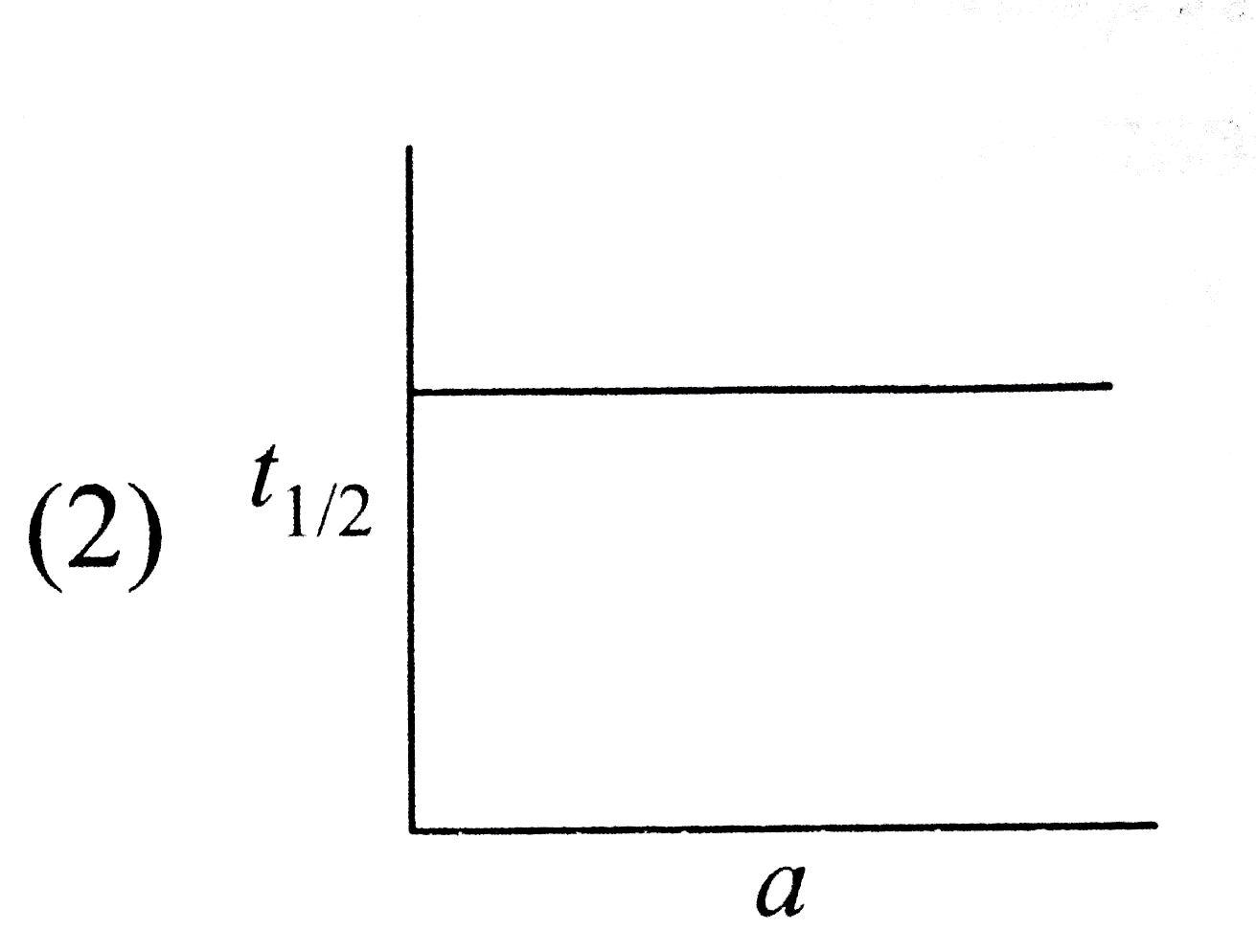 C
C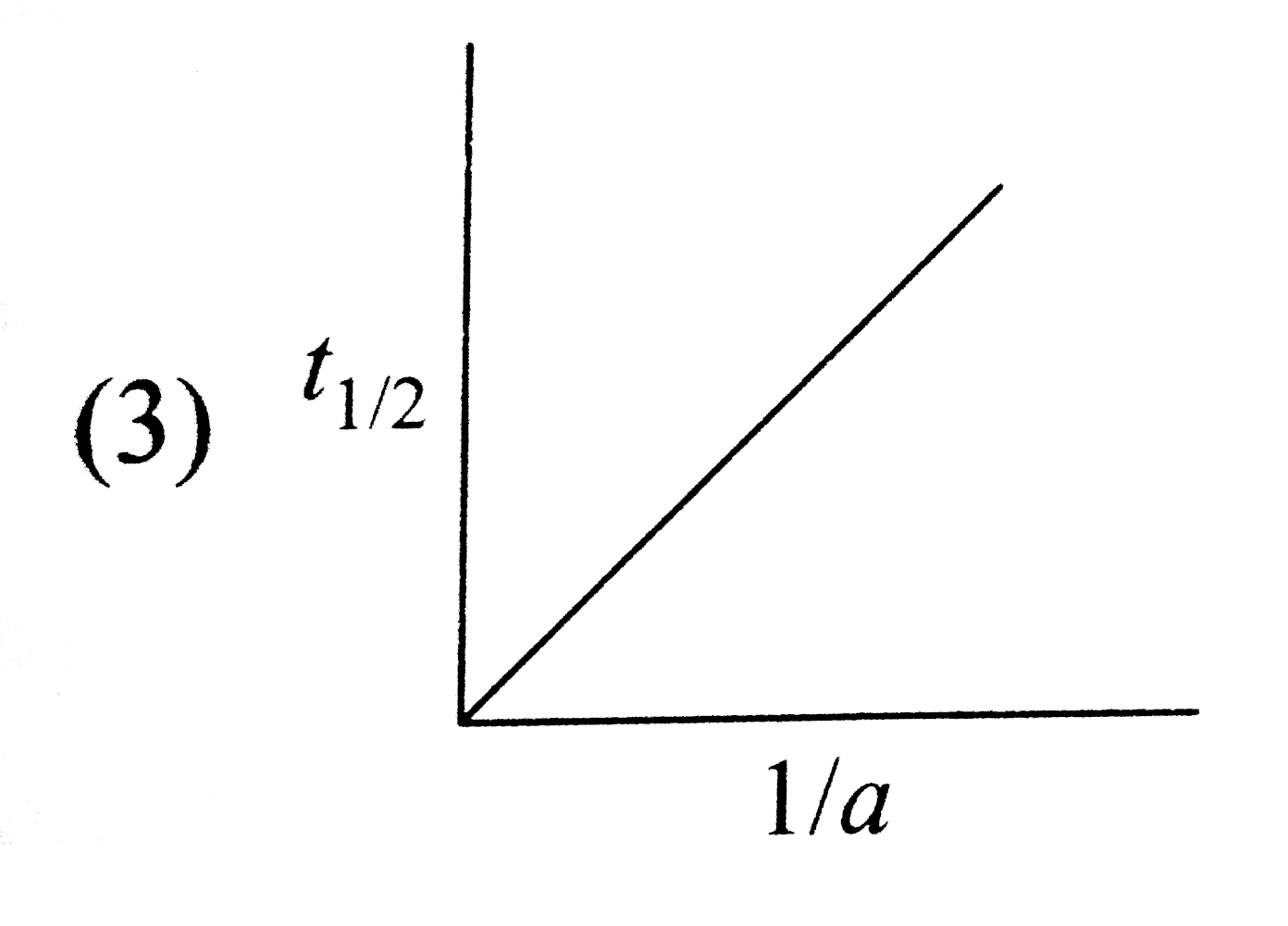 D
D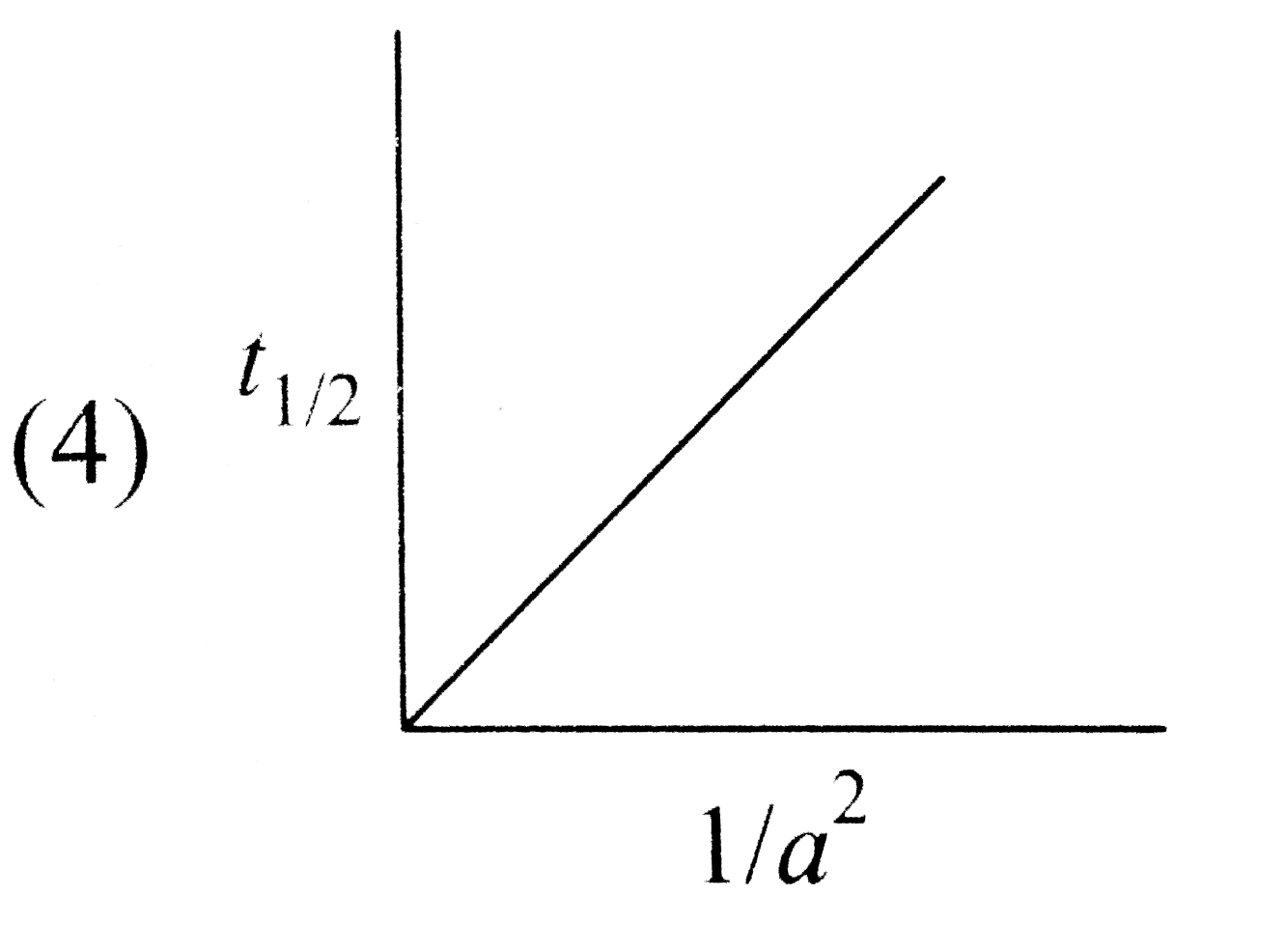
- Question 3 - Select One
Which of the following curves represents a third order reaction ?
A B
B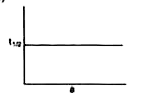 C
C D
D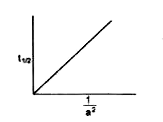
Which of the following curve represent zero order reaction of A→ products ?
View SolutionWhich of the following curve represent zero order reaction of A→ products ?
View SolutionWhich of the following curves represents a zero order reaction ? [(a−x) =reactant concn.]
View SolutionWhich of the following curves represents a second-order reaction? ('a' is the concentration of the reactant)
View SolutionWhich of the following graphs is not for zero order reaction?
View Solution


